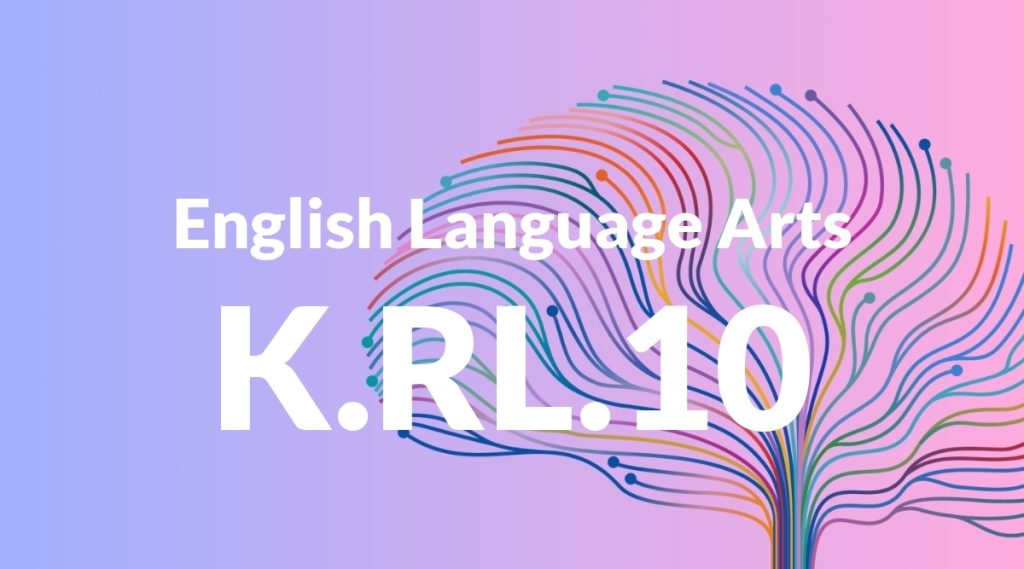Standard: K.RL.1 – With prompting and support, ask and answer questions about key details in a text.
Grade level: Kindergarten
Subject: English Language Arts
Domain: Reading: Literature
Teacher Overview
This standard focuses on helping young students engage with texts by asking and answering questions about key details. This skill is crucial as it lays the foundation for reading comprehension and critical thinking. By mastering this standard, students will be better prepared to understand and analyze more complex texts in later grades. Students should be familiar with listening to stories and recognizing basic story elements such as characters, settings, and events. They should also be comfortable participating in guided discussions and answering simple questions.
After mastering this standard, students will develop the ability to independently ask and answer questions about key details in a text. They will also learn to make connections between different parts of a story and begin to understand the concept of a story’s theme or message.
Common Misconception 1
Some students may think that asking questions is only necessary when they don’t understand something. This misconception can limit their engagement with the text and reduce opportunities for deeper comprehension.
Intervention 1
Teachers can model asking questions about interesting or surprising parts of the story, not just confusing ones. This can help students understand that questioning is a way to engage more deeply with the text.
Common Misconception 2
Students might believe that the details they notice are not important if they are not explicitly mentioned by the teacher. This can discourage them from sharing their observations and questions.
Intervention 2
Reinforce that all observations and questions about the story are valuable. Encourage students to share their thoughts and validate their contributions to promote a more inclusive and engaging learning environment.
Prerequisite Knowledge
Students should be familiar with listening to stories and recognizing basic story elements such as characters, settings, and events. They should also be comfortable participating in guided discussions and answering simple questions.
Subsequent Knowledge
Students will develop the ability to independently ask and answer questions about key details in a text. They will also learn to make connections between different parts of a story and begin to understand the concept of a story’s theme or message.
Instructional Activities
- Read a story aloud and pause to ask students questions about key details.
- Have students draw pictures of their favorite part of the story and explain why they chose it.
- Create a story map with students to identify characters, settings, and major events.
- Role-play parts of the story and ask students to describe what is happening.
- Use puppets or props to retell the story and ask students to identify key details.




